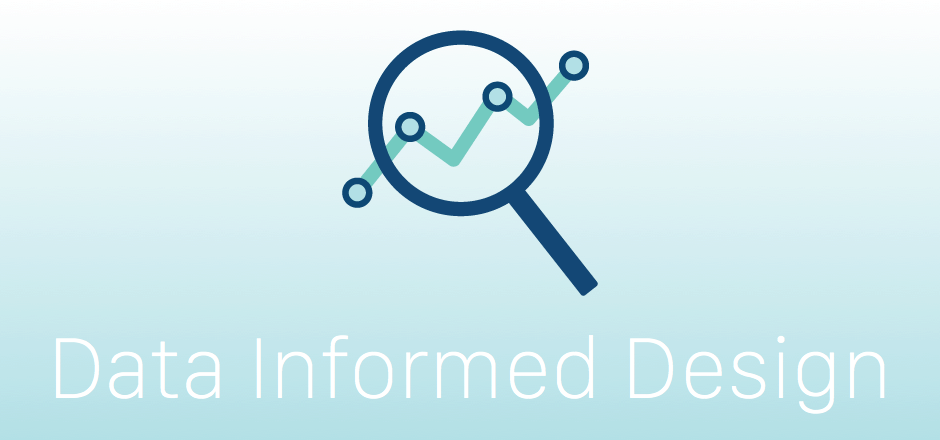The ideal app is developed based on analytics information that clearly identifies a challenge, prototypes the offering, and tweaks the product based on follow-up testing.
Reposted from the INMA Mobile Strategies Blog

When it comes to digital platforms, we shouldn’t have to convince you that smartphones lay claim to the “fastest growth” title. But just in case you need proof, here are some numbers to prove the mobile screen has now surpassed television as North America’s primary display:
- According to the Pew Research Center, 56% of American adults own a smartphone (in a study that’s already two years old).
- A comScore study shows mobile users finally overtook the number of desktop users just in the last year.
- Most striking: Nielsen reports a whopping 89% of those users spend their time in mobile apps.
A responsive Web site isn’t enough to remain competitive. To be relevant, you need an app – but not just any app. You’ll need one that succeeds in reaching the right audience at the right time and place by catering to that audience’s needs and wants.
But how do you know what those needs and wants are?
Enter analytics.
Analytics, in a nutshell
Metrics and big demographic data sets are vital clues to understanding any audience. Luckily, hardly any sector has access to the powerful wealth of demographic information at publishers’ fingertips. Verticals like income, location, age, and gender are gained from surveying your subscription base (and if you aren’t collecting this information by now, you should be).
On mobile devices, publishers amass massive data sets that track pageviews, impressions, shares, and clicks.
But this information isn’t enough on its own to prove a hypothesis about your readership. There’s another side to the analytics coin.
What’s often missing (but especially from the mobile equation) is qualitative understanding. And it’s a potentially major oversight, because the “what” and “where” of pageview and impression metrics are almost meaningless without the “why.”
Qualitative data is gleaned from your consumers’ point of view: Do they find the content relevant? Where are their pain points? Adding their perspective completes the picture.
A 2011 survey of marketers conducted by McKinsey & Company reports that only 18% of publishers collect qualitative intelligence, which is surprising because the benefit should be obvious. Knowing how people interact with a mobile product but also why allows you not only to serve them better, but also to influence them to take a desired action.
Analytics and your audience strategy
The analytics that matter most with regard to content are specific to where and how that content is consumed. So contextual data – data specific to an actual smartphone – is important.
Some publishers now use a powerful combination of quantitative data gathering and qualitative hands-on approaches.
Take the Harvard Business Review for instance. HBR’s Josh Macht and Eric Hellweg explained how they got in a room with people and their phones to view, track, and capture real-world mobile experience insight: “We met with people every week – subscribers, social media followers – and teased out their interests and collected their feedback … ”
They discovered their audience was interested in entirely new content delivery methods. Delivering on this strengthened their relationship with their readership, growing their audience across all platforms as a result.
Analytics-informed apps: how to get started
- Identify your challenge or opportunity before you begin filling your database. Unfocused qualitative audience feedback and/or too many quantitative metrics across too many verticals can leave you drowning in information, instead of actionable solutions.Determine which metrics and behaviour analytics will best serve you as you develop and improve your product. The result will be one that’s much more viable to your target.
- Prototyping is key, especially for new publications, new audiences, or new approaches. You can design and build an amazing app based on the data you have, but you’ll still be making a thousand assumptions along the way. No amount of planning or brilliant design can tell you how readers will interact with it once it’s in their hands.Mozilla’s former CEO John Lilly says early validation is key: “ … get to a working prototype as quickly as you can … so that you can tell what’s happening and figure out whether you’re on the right track or not.”
- Collect, evaluate, and calibrate your offering. There are powerful analytics tools and services available to publishers that integrate with your apps to passively collect quantitative data on your audience, like comScore, Adobe’s Analytics, Lotame’s data management platform, and Chart Beat Publishing.Research your options and experiment with each. The information unveiled by these tools is the lifeblood of every mobile app.
The job is never done!
The nature of technology is change, so it’s safe to say you’ll need to keep evolving.
More metrics are collected than ever before, making it possible to dive deeper still. It will be necessary to put processes in place, not just to collect data and audience feedback, but to react to it – to distil, interpret, and act on it to facilitate frequent analytics-informed iterations of your app.


